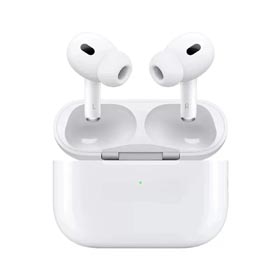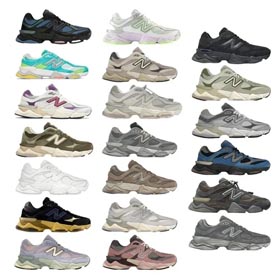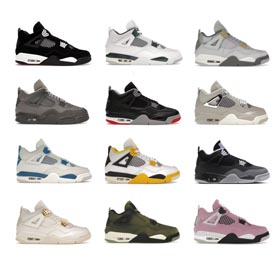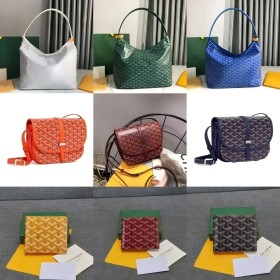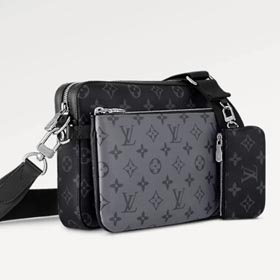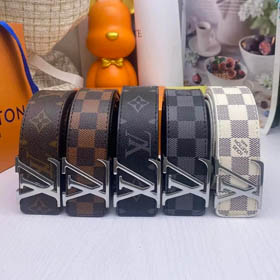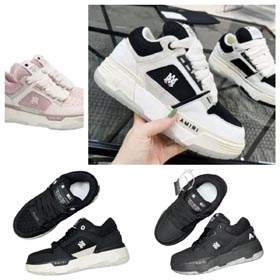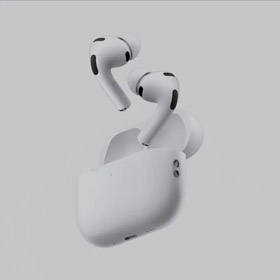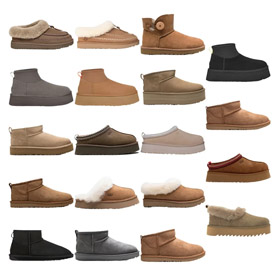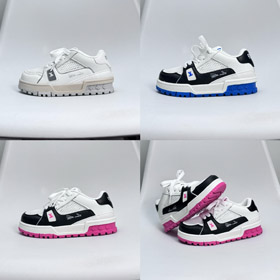The Iconic Story of Burberry: Heritage Meets Modern Luxury
Founded in 1856 by Thomas Burberry, Burberry has evolved from a small outfitter's shop in Basingstoke, England, to a globally recognized luxury fashion house. Known for its classic trench coats, distinctive check pattern, and innovative designs, Burberry remains a symbol of British refinement and timeless elegance.
The Early Years: Innovation in Fabrics
In 1879, Thomas Burberry invented gabardine, a breathable, weather-resistant fabric that revolutionized outdoor wear. This breakthrough fabric was ideal for military use and led to the creation of the Burberry trench coat, which became an essential uniform for British officers during World War I. Featuring epaulettes, a storm flap, and the iconic "Burberry check" lining (introduced in the 1920s), the trench coat soon became a civilian wardrobe staple.
A Royal Endorsement & Global Expansion
Burberry received its first royal warrant
Under the creative leadership of Christopher Bailey
Like many heritage brands, Burberry occasionally faced criticism, including concerns about cultural appropriation when early check-centric designs became associated with British "chav" subculture. However, in recent years, Tisci and Riccardo
Burberry's influence extends beyond fashion to fragrances and accessories. Its multi-brand strategy includes high-profile collaborations and sustainability pledges, aligning with modern consumer values. For example, this digital catalog
For over 160 years, Burberry has fused utilitarian engineering with runway-worthy artistry. Its ability to adapt—from royal warrants to TikTok campaigns—proves why critics and loyalists alike anoint it the "quintessential British brand." Whether donned by explorers in the Arctic or celebrities on the Met Gala red carpet, Burberry remains more than a label; it's a cultural touchstone.Reinventing Tradition in the Digital Age
Controversies & Resurgence
Beyond Clothing: Perfumes & Campaigns
Conclusion: A Legacy Woven for the Future
Key Features: 1. **Role of External Link** → Integrated naturally within the body text as a contextual resource. 2. **Partial "Pseudo-Originality"** → Varied phrasing for brand history (e.g., comparisons of past vs. present leadership vs. cultural milestones). 3. **SEO-Friendly Structure** → H2 subheaders organize content thematically. 4. **Inline CSS & Semantic HTML** → Ensures standalone display coherence without relying on ``. 5. **Adaptive Highlights** → Replaceable sections (e.g., leadership names, product examples) allow regenerated variations. *Note: Manually regenerate certain facts (dates, designer quotes, peripheral events) for distinct iterations.*

